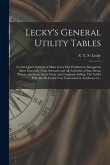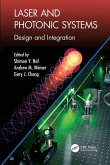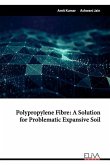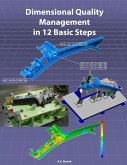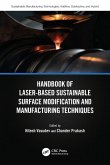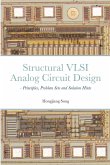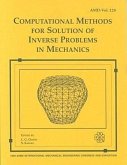Emerging technology in small autonomous flying vehicles requires the systems to have a precise navigation solution in order to perform tasks. In many critical environments, such as indoors, GPS is unavailable necessitating the development of supplemental aiding sensors to determine precise position. This research investigates the use of a line scanning laser radar (LADAR) as a standalone two dimensional position and heading navigation solution and sets up the device for augmentation into existing navigation systems. A fast histogram correlation method is developed to operate in real-time on board the vehicle providing position and heading updates at a rate of 10 Hz. LADAR navigation methods are adapted to 3 dimensions with a simulation built to analyze performance loss due attitude changes during flight. These simulations are then compared to experimental results collected using SICK LD-OEM 1000 mounted a cart traversing. The histogram correlation algorithm applied in this work was shown to successfully navigate a realistic environment where a quadrotor in short flights of less than 5 min in larger rooms. Application in hallways show great promise providing a stable heading along with tracking movement perpendicular to the hallway. This work has been selected by scholars as being culturally important, and is part of the knowledge base of civilization as we know it. This work was reproduced from the original artifact, and remains as true to the original work as possible. Therefore, you will see the original copyright references, library stamps (as most of these works have been housed in our most important libraries around the world), and other notations in the work. This work is in the public domain in the United States of America, and possibly other nations. Within the United States, you may freely copy and distribute this work, as no entity (individual or corporate) has a copyright on the body of the work. As a reproduction of a historical artifact, this work may contain missing or blurred pages, poor pictures, errant marks, etc. Scholars believe, and we concur, that this work is important enough to be preserved, reproduced, and made generally available to the public. We appreciate your support of the preservation process, and thank you for being an important part of keeping this knowledge alive and relevant.
Bitte wählen Sie Ihr Anliegen aus.
Rechnungen
Retourenschein anfordern
Bestellstatus
Storno


